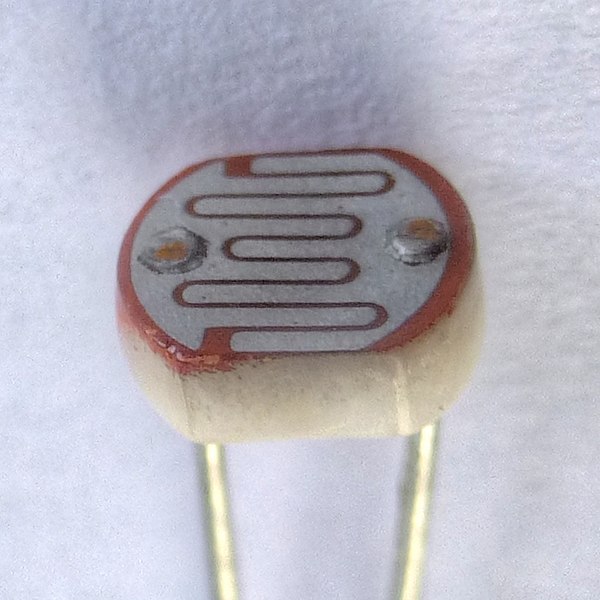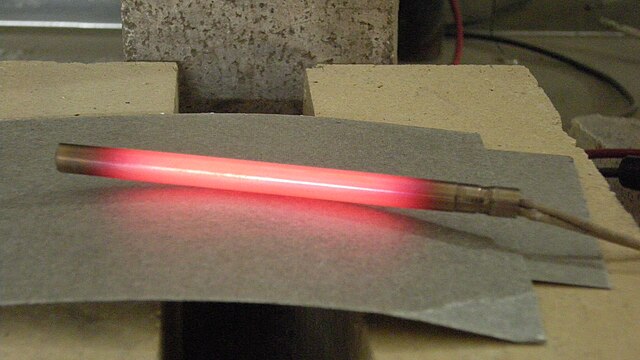A photoresistor is a passive component that decreases in resistance as a result of increasing luminosity (light) on its sensitive surface, in other words, it exhibits photoconductivity. A photoresistor can be used in light-sensitive detector circuits and light-activated and dark-activated switching circuits acting as a semiconductor resistance. In the dark, a photoresistor can have a resistance as high as several megaohms (MΩ), while in the light, it can have a resistance as low as a few hundred ohms. If incident light on a photoresistor exceeds a certain frequency, photons absorbed by the semiconductor give bound electrons enough energy to jump into the conduction band. The resulting free electrons conduct electricity, thereby lowering resistance. The resistance range and sensitivity of a photoresistor can substantially differ among dissimilar devices. Moreover, unique photoresistors may react substantially differently to photons within certain wavelength bands.
Photoresistor
Three photoresistors with scale in mm
Large CdS Photocell from a street light.
The internal components of a photoelectric control for a typical USA streetlight. The photoresistor is facing rightwards and controls whether current flows through the heater which opens the main power contacts. At night, the heater cools, closing the power contacts, energizing the street light.
Electrical resistance and conductance
The electrical resistance of an object is a measure of its opposition to the flow of electric current. Its reciprocal quantity is electrical conductance, measuring the ease with which an electric current passes. Electrical resistance shares some conceptual parallels with mechanical friction. The SI unit of electrical resistance is the ohm, while electrical conductance is measured in siemens (S).
An ohmmeter
Running current through a material with resistance creates heat, in a phenomenon called Joule heating. In this picture, a cartridge heater, warmed by Joule heating, is glowing red hot.






